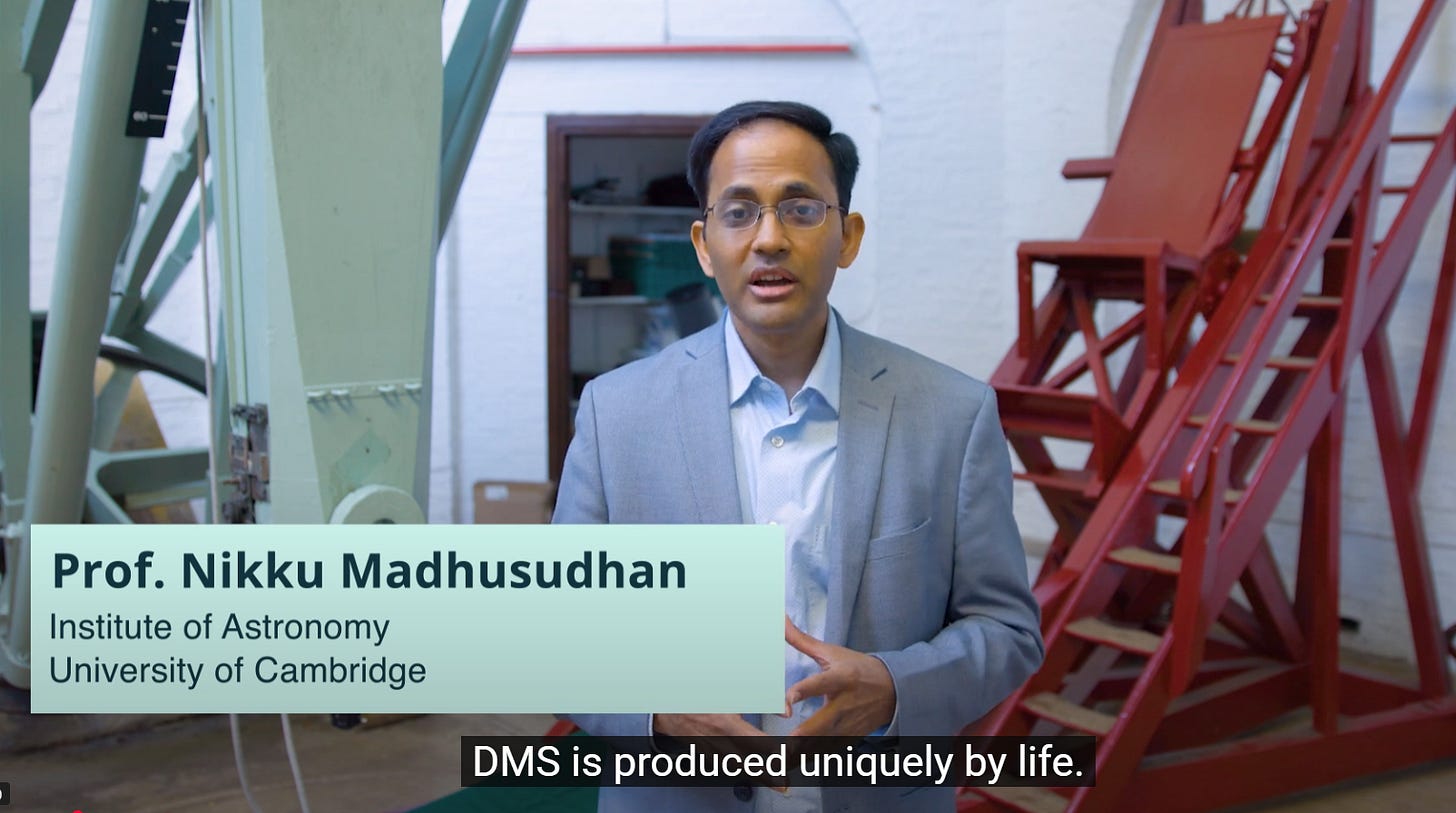On Exoplanet K2-18b Scientists detect signature of life
Science News, but skepticism clouds global story.
Hello Everyone,
There are times where I really want to write about science news on this channel. While I’m obsessed with emerging tech, the exoplanet aspect of astronomy is seriously fascinating for our civilization’s progress.
Recently K2-18b, located 124 light-years from Earth, could be a Hycean world: a potentially habitable planet entirely covered i…
Keep reading with a 7-day free trial
Subscribe to The Quantum Foundry to keep reading this post and get 7 days of free access to the full post archives.


